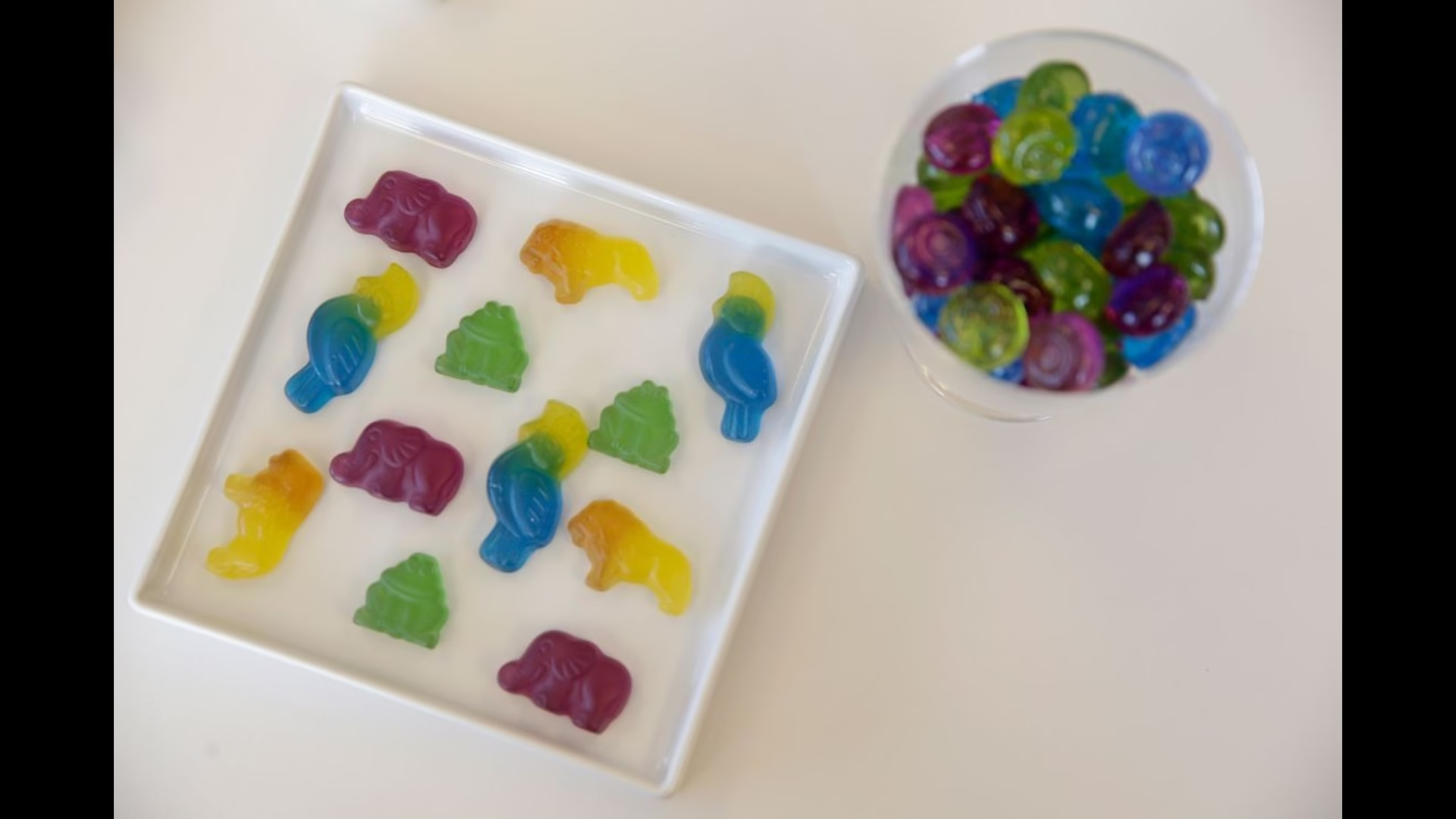These natural food dyes could replace artificial colorants | CNN
As concern over food safety grows, the ban on artificial food dyes is reshaping the food industry. With states like California and West Virginia leading the charge and the FDA announcing plans to phase out synthetic dyes, food manufacturers are rapidly exploring natural alternatives.
Why Are Artificial Food Dyes Being Banned?
Artificial food dyes like Red No. 40, Yellow No. 5 and 6, and Blue No. 1 and 2 have long been used to make processed foods visually appealing. However, growing research links these petroleum-based dyes to health concerns, including:
- Hyperactivity and behavioral issues in children
- Potential cancer risks
- Allergic reactions and sensitivities
In April 2025, FDA Commissioner Dr. Marty Makary announced a voluntary initiative to eliminate synthetic dyes from the U.S. food supply. The FDA also aims to fast-track the approval of new natural food colorants.
“We should not be taking risks with our children’s health,” Makary stated.
States Leading the Way
Legislative changes across the U.S. reflect a rising demand for cleaner, safer food ingredients:
- California banned Red No. 3 in 2023, followed by restrictions on other dyes in school meals.
- West Virginia passed a sweeping ban in March 2025, targeting seven artificial dyes and two preservatives.
- The FDA’s federal ban on Red No. 3 will go into effect in 2027 for food and 2028 for pharmaceuticals, though companies are encouraged to make the switch earlier.
What Are Natural Food Dyes?
Natural food dyes are derived from plant, animal, or mineral sources. Unlike synthetic dyes, they’re not made from petrochemicals and are generally considered safer.
Common Natural Dye Sources:
- Cochineal extract/carmine (red) – derived from crushed cochineal insects
- Annatto (yellow) – from the seeds of the achiote tree
- Beet juice (red to purple)
- Turmeric and saffron (orange and yellow)
- Spirulina and chlorophyll (green)
- Butterfly pea flower and gardenia blue (blue tones)
While these dyes can offer vibrant colors, they also come with challenges such as limited stability, varying color shades, and shorter shelf life.
Health Benefits of Natural Colorants
Experts believe that natural dyes—especially those from fruits and vegetables—may offer added health benefits:
- Anti-inflammatory properties
- Antioxidants
- Fewer toxic risks
However, some dyes like cochineal extract can cause allergic reactions in sensitive individuals, prompting the FDA to require them to be listed on labels.
Challenges for Food Manufacturers
The shift from synthetic to natural food dyes isn’t simple. Manufacturers face several hurdles:
- Inconsistent color results from natural dyes
- Higher costs for sourcing and testing natural ingredients
- Longer development timelines—up to a year for some products
- Storage and stability issues under different temperatures and lighting
“Replacing one synthetic dye might require 10 different natural dyes,” says Dr. Monica Giusti of Ohio State University.
Even with more than 40 approved natural alternatives, the range of achievable colors is still limited compared to artificial options.
The Growing Demand for Clean Labels
Consumer demand for natural ingredients and transparent labeling continues to push companies to act. Grocery chains and food brands are responding by reformulating products and updating labels to reflect cleaner ingredient lists.
Organizations like the Environmental Working Group and the Center for Science in the Public Interest continue to advocate for stricter regulation and more public awareness around food additives.
The Bottom Line
The removal of artificial food dyes is a significant turning point for the food industry. As more research emerges and regulatory pressure mounts, natural food colorants are set to become the new standard—though not without challenges.
Key Takeaways:
- Artificial dyes are being phased out due to health concerns.
- Natural alternatives are safer but present formulation challenges.
- Consumers are driving demand for clean, transparent food labeling.
#FoodSafety #CleanEating #NaturalIngredients #FDAUpdates #HealthyFoodChoices

